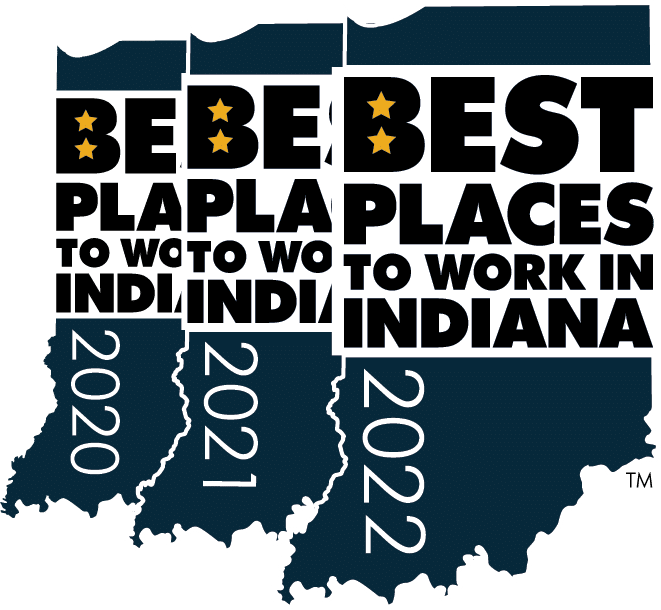An entrepreneurial mindset and a customer-first approach
BY BEN CONNER | Chief Executive Officer

Over the past 6 years, there has been a significant shift in the importance of employer-provided health insurance and benefits with employers and employees across the nation. At one point in time, these benefits seemed to go hand-in-hand with full-time work, and the word “benefit” was thought of as being more of a guarantee than a luxury. However, it’s no secret that times have changed, and the truth is that providing these benefits to employees is becoming very expensive.
So what options do employers have? Based on the response to the passing of the ACA, it would seem that employers only have two options: cut or maintain. Many industries have taken the route of “cut,” by reducing a large portion or the entirety of their full-time workforce to avoid having the legal obligation to provide health care. But less hours for both part-time and full-time, paired with the lack of a guarantee of health insurance for those who move up in the ranks, poses a large threat to employee retention and morale, which could potentially end up leading to bigger losses in the end. So then, the obvious answer is to keep these benefits, right? Maybe...
The full-time employers who made the choice to keep benefits for their employees are experiencing rising costs, sometimes as high as millions of dollars above where they started, that are becoming increasingly unsustainable for their operations. Depending on the situation these employers are in, this could lead to layoffs, switching to unfavorable health plans, outsourcing their workforce or simply continuing to eat costs until the only option is to then eliminate their health plan or reduce the workforce as explained above. A balance is needed, and the key to finding that balance lies within the approach.
In business, it’s rare that you don’t have to choose between what’s best for your employees or what’s best for the company. In either case, there are consequences, and those consequences often have lasting effects far beyond the short term benefit of the immediate decision. But when you take the time to fully-consider the extent of that decision, you might find that the better option doesn’t work for everyone, company included.
Let’s use the example of a factory owner. A factory owner pays their workers competitively, about $16/hr with a basic health insurance plan for all employees working at least 40 hours that has a $1,500 deductible. Based on the current marketplace, this is one of the lowest deductibles the factory owner can offer without drastically hurting profits and operations.
The factory’s current plan is coming to an end, and it’s time to renew. Suddenly, keeping the same plan is going to cost $300,000 more than it did the year prior. The factory owner is now faced with either taking an additional $100+ from their employee's paychecks every month, or switching to a plan with a dramatic increase in the deductible that keeps the employee contribution roughly the same. At this point, three mindsets now come into play. Some would consider the fact that 75% of this workforce constitutes the breadwinner or sole contributor to their household, and many of these workers have families to support. These increases coming from the employee’s paychecks are simply unaffordable. Others would recognize that things happen and the need for health insurance is always in existence, so keeping the deductible low is well worth the $100 for each employee, because when that claim happens, the employee will need to be able to afford the cost for that medical service or pharmacy script. However, the final mindset, the entrepreneur, doesn’t immediately see risk or financial burden. What they see instead is an opportunity to make either decision work better for the employees and the company.
The entrepreneur isn’t going to make a decision or take a recommendation without having the knowledge of every available option. Entrepreneurs aren’t only driven by numbers, but rather the value of each decision and how much of this value will find its way to their company and their employees. They’re going to take the time to investigate added services and benefits like company wellness initiatives that not only reduce these added costs, but also create value for each employee by creating a measurable reason to get healthy. This benefits the company in the long run by also reducing sick days, absenteeism and presenteeism, which means fewer accidents, claims and improved morale. They’re also going to seek outside help to investigate other plans that aren’t recommended on company or employee contribution alone, because in the long run, the short-term value of these cost-sensitive plans may not be adequate enough for the company or the employees whatsoever. But in order for this outside help to be effective, however, it has to have a customer-first approach.
Why is a customer-first approach important? It’s a promise. As the name implies, the outside help, which in this case is an insurance firm, is placing the customer first. By placing the customer first, this firm is going to not only take the time to understand the issues facing this factory, but will also make sure that every angle is covered, from low deductibles to lowered employee contributions, all the way to unconventional practices like direct or value-based pricing strategies. By taking a customer-first approach, the outside firm satisfies the entrepreneurial mindset in order to create the greatest value possible, whether it's saving money, reducing claims, improving employee health or a number of other significant factors that present tangible benefits to companies and employees.
At Conner, we utilize a customer-first approach because it’s the only proven way to consistently bring value to our partners. A company’s needs change every year, sometimes multiple times in one year, so recommendations need to be flexible and must anticipate risk. It’s really easy to take a unique idea and try to sell it, but our job is to advise our customers first. That’s why we understand that we can never make one-size-fits-all recommendations, nor can we attempt to make any kind of recommendation without taking the time to understand the consequences and risks of every potential decision. No matter which decision is made, a customer-first approach ensures that everything has been considered in order to create the greatest value possible. The result is the trust, confidence and preparation needed to protect your company from shortfalls down the road.







